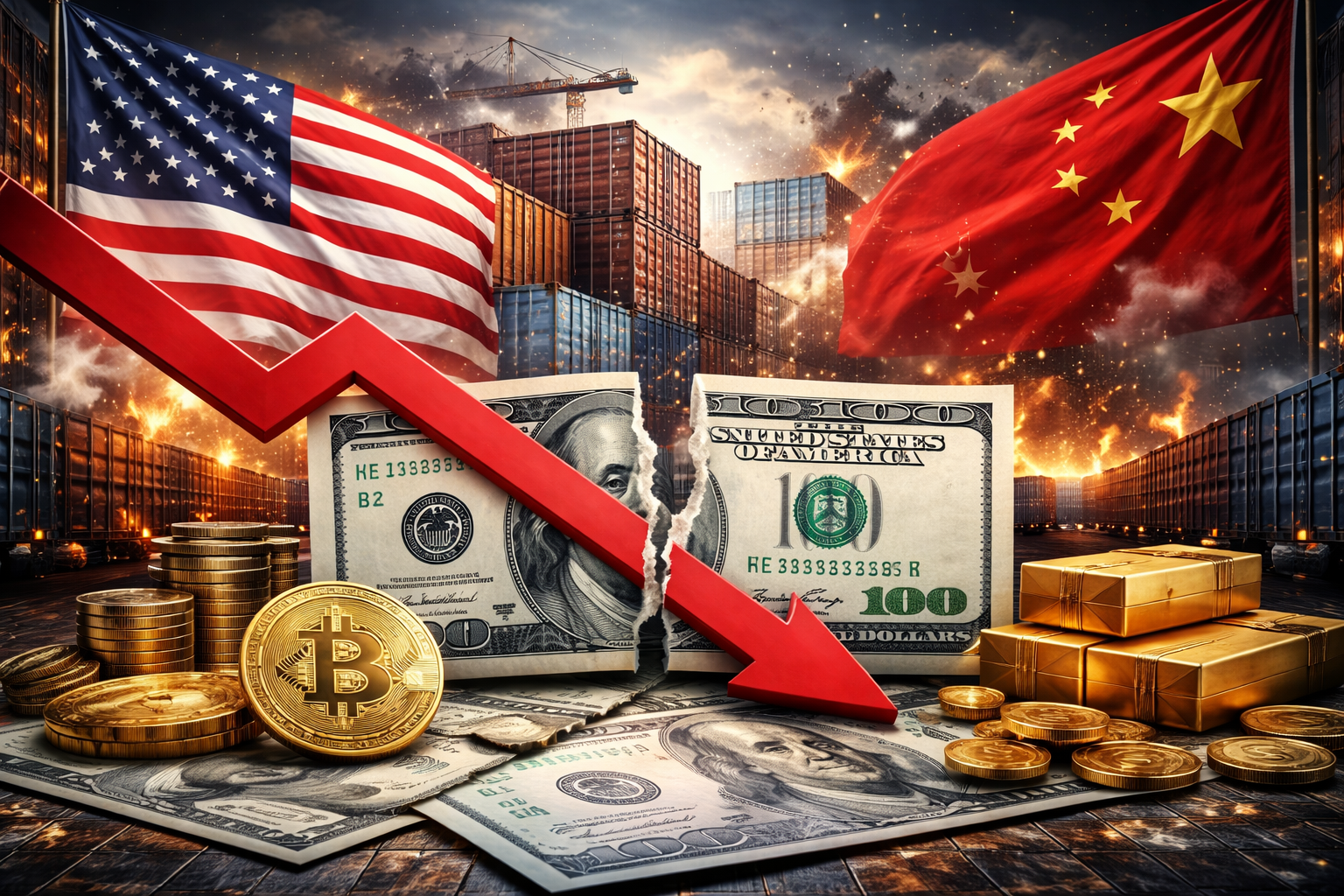As geopolitical and economic competition between the United States and China intensifies, the U.S. Treasury Department is reportedly preparing to take a more hands-on role in key strategic sectors. Treasury Secretary Scott Bessent confirmed this week that the administration is exploring direct equity stakes in industries deemed vital to national security — including semiconductors, rare earths, and defense manufacturing — marking a potential shift toward a more interventionist industrial policy.
Washington’s New Playbook for Economic Security
According to Reuters, Bessent suggested the U.S. could “take selective ownership positions” in companies critical to maintaining supply chain resilience and technological dominance. The move mirrors steps already taken by Beijing and, more recently, by the European Union, which has adopted industrial support measures for green and digital sectors.
In essence, this signals that the U.S. government is moving beyond traditional subsidies and tax credits — such as those under the CHIPS and Science Act — toward a model that resembles sovereign investment. Such a framework would give Washington not only financial leverage but also partial control in shaping the direction of these industries.
For investors, this development marks a pivotal evolution in U.S. economic policy. It underscores a growing recognition that strategic competition with China requires state participation in markets once considered strictly private.
Why This Matters for Investors
If implemented, this initiative could reshape investment dynamics in several key sectors. Semiconductor manufacturers, rare earth processors, and defense contractors could all benefit from stronger government backing, either through direct capital injections or implied support that lowers financing risks.
Analysts at Goldman Sachs note that such measures may “de-risk critical supply chains” and bolster domestic capacity, particularly in advanced chipmaking and clean technology. However, they also warn that “increased state involvement could create valuation distortions and political dependencies.”
This trend could create clear winners and losers across industries. Companies aligned with national priorities — think Intel ($INTC), Lockheed Martin ($LMT), or rare earth producers like MP Materials ($MP) — might gain from policy tailwinds. On the other hand, firms viewed as non-strategic or too exposed to Chinese supply chains could face funding disadvantages or regulatory scrutiny.
Strategic Autonomy or Market Distortion?
The prospect of government equity stakes blurs the line between capitalism and industrial strategy. It may provide short-term stability in critical sectors but also raises concerns about market efficiency, political influence, and long-term innovation.
Economists warn that the government’s role as both investor and regulator could complicate competition policy. “Once Washington owns part of the company, it’s no longer a neutral referee,” said Dartmouth economist Ella Freeman in an interview with Barron’s. “That could deter private capital or skew market signals.”
Still, in a geopolitical environment increasingly defined by national resilience, policymakers appear willing to trade some efficiency for control. As Bessent framed it: “We can’t afford strategic dependence. The era of laissez-faire globalization is over.”
Future Trends to Watch
- Sector Targeting: Expect the Treasury to initially focus on high-tech and defense-linked industries. Energy storage, critical minerals, and quantum computing could follow.
- Funding Models: Washington may use the U.S. International Development Finance Corporation (DFC) or a newly established sovereign fund to hold stakes, potentially modeled after Japan’s INCJ or France’s Bpifrance.
- Market Impact: Short-term boosts to related equities are likely once specific firms or programs are announced. However, increased oversight and political scrutiny could weigh on long-term flexibility.
Key Investment Insight
For investors, this policy shift signals the formalization of a state-capital hybrid model in U.S. strategic sectors. While this may strengthen national competitiveness, it also introduces a new variable — political risk — into valuation equations. The prudent approach:
- Lean into high-quality names already aligned with U.S. industrial strategy (e.g., semiconductors, defense, rare earths).
- Hedge exposure to sectors or firms that could be politically sidelined.
- Watch for Treasury announcements and funding mechanisms that could create asymmetric opportunities in early 2026.
The U.S. is entering a new era of industrial statecraft — one where the government’s balance sheet is becoming a strategic tool. Whether this redefines capitalism or merely strengthens its competitive edge, investors would be wise to stay ahead of the policy curve.
Stay tuned with MoneyNews.Today for the latest analysis and daily investor insights across markets, policy, and innovation.





